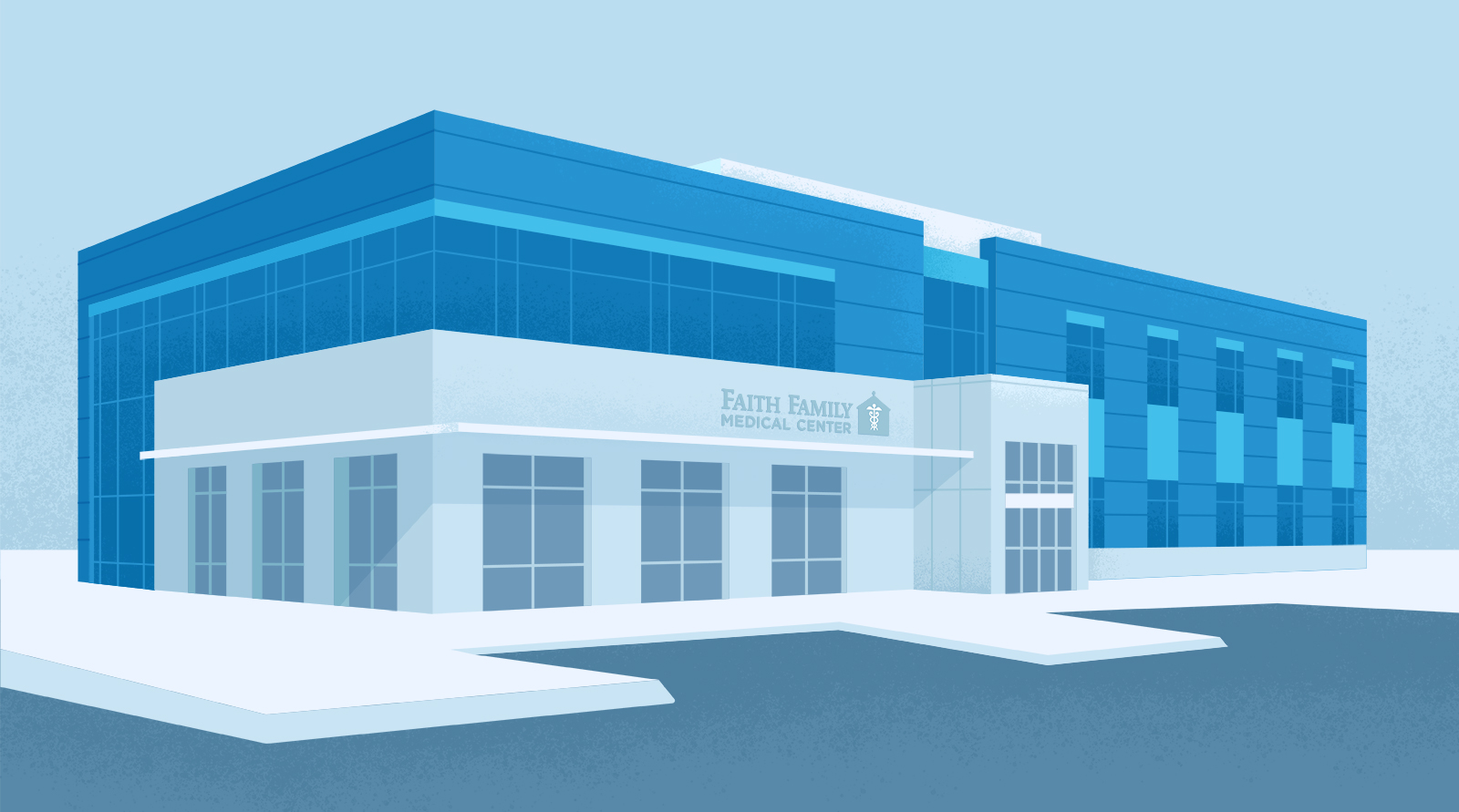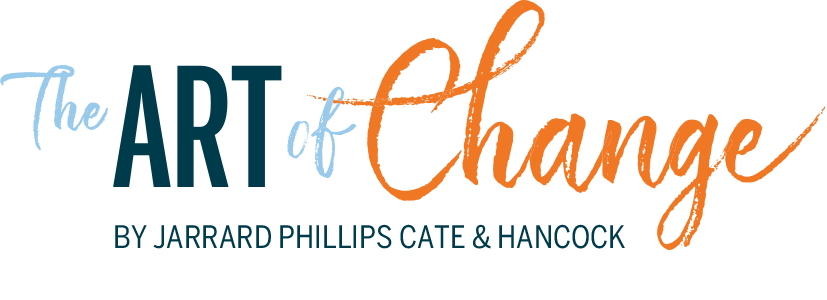
Healing a Community by Listening Well
Jarrard Inc. has had the great privilege of working with Faith Family Medical Center for the past couple of years.
They are a community clinic with a mission to provide the residents of greater Nashville who are uninsured or underinsured with affordable, quality primary medical care. While the numbers don’t come close to describing the impact of their work on people from across middle Tennessee, you can get a sense of how significant it is in the fact that they provide around eight million dollars worth of care each year on a two million dollar budget.
We spoke with Dr. Parker Panovec, Faith Family’s chief medical officer, to get a better understanding of how they use listening and storytelling to provide outstanding care to the Nashville community. Simply put, they don’t have the resources to be anything but efficient, which means the entire team is dialed in to their mission and to the needs of both the community and individual patients.
In addition to the videos throughout this article, be sure to listen to the podcast embedded above for the full conversation, including comments from CEO Laura Hobson.
Talk about the high-level role listening plays in Faith Family’s operations
My background as a physician helps because a lot of what we do is listen and then try and pull everything people have told us together and then give back a story that they can understand. Many times, there are problems that need to be solved but we need to know what the underlying issues are, how many people they affect, how many counties are involved, how many people are out there filling the needs. So, we do a lot of listening to just to figure out where we are and where our place is in all this.
Explain the role of storytelling at Faith Family
A few years ago we talked about the impact the Affordable Care Act was going to have, and we’ve talked about uninsured or under insured people in the Middle Tennessee area. When we can have numbers associated with those issues to help tell the story, then hospitals and emergency rooms begin to understand the impact on them.
It’s also true for the general community. When you start saying things like, ‘200,000 Middle Tennesseans don’t have health insurance,’ it starts to get people’s attention.
What are the distinct roles of numbers versus stories, and where do those two things overlap?
Data is the framework that you’re trying to put things in. If people don’t have a context for what they’re about to hear, it’s hard for them to interpret the story. So you can say to them, ‘Here are the challenges, here are the numbers, here’s who’s involved.’ It’s kind of cold, but at least they have a general understanding of what you’re trying to color in.
Then, when you tell your narrative, you can convey why you’re doing something. It also adds color to the numbers to say, ‘These are the kinds of people that we’re talking about.’
So, data drives the structure in the story, while people remember stories and stories allow you to add in emotion.
What happens when you don’t listen well?
Sometimes when you encounter a patient, you think you know where they’re going and you respond back by saying, ‘Okay, this is what I’m hearing.’ And they’re like, ‘No, that’s not it at all. That’s not why I’m here.’ That’s when you have to stop, take three steps back and start over again. Sometimes you get into too much of a hurry and you miss a lot of those cues.
When you listen, you shouldn’t be judgmental. You need to be careful with your responses. For example, sometimes we nod and say, ‘Oh yes,’ but maybe you shouldn’t say that. You don’t want to be judging so you’re not steering their responses.
What are some of the risks to listening and storytelling?
A couple of things. First, if you’re just acquiring data and not using it, that’s not very beneficial. Analysis paralysis, better is the enemy of the good and all of that.
For me personally, though, I have to be cautious about sharing too much of my own personal story. So with patients, one of the things I try to never to say is, ‘Well, if it were me, this is what I would do.’ They may not have my education, my background. They certainly don’t have my personal experiences or social support. And their desire or tolerance for risk is different than mine. And so the same thing applies in other contexts. You need to be careful about sharing stories of ‘what would I do?’ It’s not about me. It’s not my story. It’s their story.
How does your experience listening as a physician translate to your work as an executive?
Listening is huge. People have to know they’re valued. I put a big focus on system improvements and not on individual mistakes. If someone makes a mistake, that’s fine. Let’s figure out why and what led to that mistake, and then we can make sure it doesn’t happen again.
So it’s establishing that level of trust. And, of course, employees are even more fearful, right? Because they have money on the line. No one wants to lose their job.
Your position as a non-profit clinic that largely relies on donations is different than most traditional providers. How does that play into this?
We can build in extra time. To be honest, we have a leg up on people who are in private practice. But it was a very deliberate decision made by the founders that the individuals who would come to see us are often people who aren’t valued as highly in other areas of their life. They may not have the highest level of education or they’re working in jobs that maybe don’t have the status. So there are very few places they go where they would feel valued and have time and energy and effort invested in them. A big key to our success is that we do carve out extra time to ask about family, food, whether they have a place to sleep and whether they can afford a test or prescription.
If you’re not listening and you’re not informing and teaching and instructing and helping people overcome obstacles, you’ve wasted a lot of time.
We also dedicate time to just one common disease process like high blood pressure or diabetes. People can get education from us on diet, exercise, how to take their medicines properly, other things they should be doing, like looking at their feet or having their eyes examined. They may spend a couple of hours with us on those days but that saves them time down the road because they’re not having to go to eight different places to get tests done.
Where do you want to see Faith Family in the next couple of years?
We started three or four years ago when we decided it was time to really drive a stake in the ground and provide physically for the long-term security of the people that we take care of. And so we’re doing that now with our new building.
When we get this new space, we won’t shift our mission. It will just allow us to better fulfill that mission. We’ll have more room for wellness and teaching people how to cook – we found out pretty quickly that you can hand people fresh vegetables, but if all they’ve ever done is open a can they need some help figuring that out. We’ll have more space to do physical medicine. We’ll have more space for mental health. We’ll have more space in our pharmacy area, which will allow for teaching because across the board, if you don’t use your medicine right, you don’t get the most for your money.
